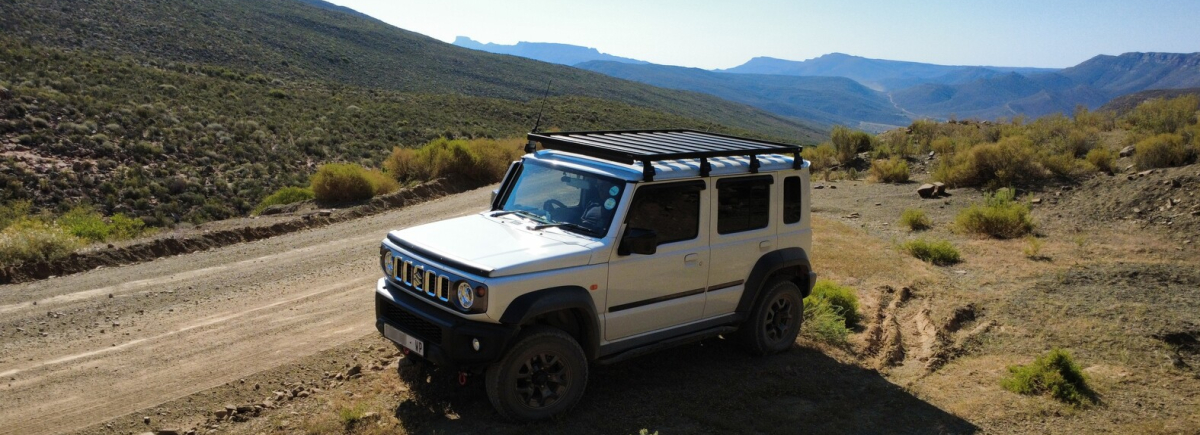The Youth should know there are WAY CHEAPER, and better, alternatives to expensive Gillette razor blades
In hindsight now, I wish my father would have told me about safety razor shaving with universal standard double edge razor blades, when I started to shave!
I was probably taken in by all the Gillette advertising, and of course, I'd never experienced any other option, so I ended up just using those twin-blade cartridges many years ago. I often had to endure the odd ingrown hair or two for months on end (more about this further on).
To start with, cost, which you'd really have thought would have put Gillette's multi-blade razors out of business long ago (but not, largely because many people do NOT KNOW about suitable alternatives. Just do a search online for Astra Superior Platinum DE blades. They are not half the cost, nor a quarter of the cost cheaper... they're on average about 400% cheaper. This is why after buying a good safety razor that lasts longer than a single lifetime, it ends up paying for itself after a year just through using DE razor blades. There is no vendor lock-in so you are free to try any DE blades as each has different characteristics.
So how do they shave? Well pretty similar to cartridge razors, as safety razors are not cut-throat / straight razors where any slip could be a disaster (hence the name safety razors). What they do not do, because of the single blade, is to lift the hair out from below the skin and cut it. They instead cut the hair level with the skin. This actually helps prevent ingrown hairs for many. I discovered this merely week or so after migrating to safety razors. Many say this level of cutting is easier on the skin, as there is also only one blade being used.
Another difference, although not needed, is using proper shaving soap that is lathered up using a brush. Apart from the glide it provides, most soaps are made from natural products that may include coconut oil, lamb fat, etc and actually help condition the skin (many also being vegan products including the brushes). The brushing also helps stimulate the hairs before shaving. Soaps and creams come with some amazing fragrances, but many are also fragrance-free.
Traditional shaving is also more environment friendly: Apart from natural soaps, these do not use aerosol cans at all either. Unlike cartridge razor blades made from mixed plastics and metals that can't easily be separated, DE blades are pure metal. I store my used blades in a money tin and these can be sent for recycling once the tin is full (after about 5 years my tin is not even a quarter full).
So where does one start then? I'd recommend starting with a reasonably good razor, something like a Merkur 34C or an Edwin Jagger DE89. For blades, I've settled on the Astra's, but I'd highly recommend getting a DE sample pack to try out different blades to find something that matches your razor, skin, and beard type. Starting out with a very cheap razor and blades is often not going to be a good experience.
I have tons more tips and advice on my webpage at the link below. I just wish more people knew about the benefits and alternatives of traditional wet shaving, but unfortunately the Big Pharma and similar companies prefer the exceptional profits of selling Gillette type blades.
See
Traditional Wet Shaving
Why YOU should start wet shavingVideo TutorialsPlaces to source the best products in South Africa (without importing)Which razor to buy?Which blades to use?What am I currently using?Preparation that works for meTips for Shaving With a Straight Razor “At the Art of Shaving, we have definitely seen the safety razor trend grow over the last year,...
#
shaving #
environment #
Gillette #
cheaper
